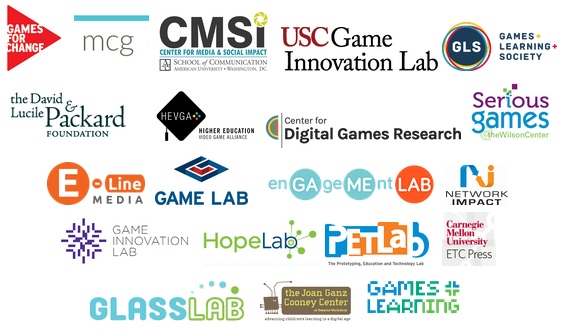How can we empower designers to increase “impact,” especially in collaborating with researchers?
 Next week Benjamin Stokes will be presenting at the Game Developers Conference (GDC) in San Francisco. This talk extends our research on #GameImpact with G4C, and amazing conversations with pioneers in training designers for research collaborations, including Heather Desurvire, Mary Flanagan, and Jessica Hammer.
Next week Benjamin Stokes will be presenting at the Game Developers Conference (GDC) in San Francisco. This talk extends our research on #GameImpact with G4C, and amazing conversations with pioneers in training designers for research collaborations, including Heather Desurvire, Mary Flanagan, and Jessica Hammer.
Training Designers to Collaborate with Researchers: Reframing, Scaffolding, and Roles
Feb. 27th, 2:10pm — See details.
Graduates in design are under increasing pressure to collaborate with social scientists, including to measure impact, and to improve the product itself. How should game educators prepare them?
Reports show growing fragmentation between designers and researchers; silos are deepening as language is politicized. This session will analyze several models for training students to collaborate with researchers on “impact.”
Are entirely new courses needed on “game research methods,” beyond usability? How can students be empowered to stand up for good design, even as they share power with outside experts?
Takeaways: Attendees will take away several distinct strategies (for the classroom and beyond) for training designers to work with external researchers. Learn what several universities are doing, including different approaches to usability training, managing up, and reframing creativity for impact. Each strategy builds the capacity of students to collaborate with outsiders.

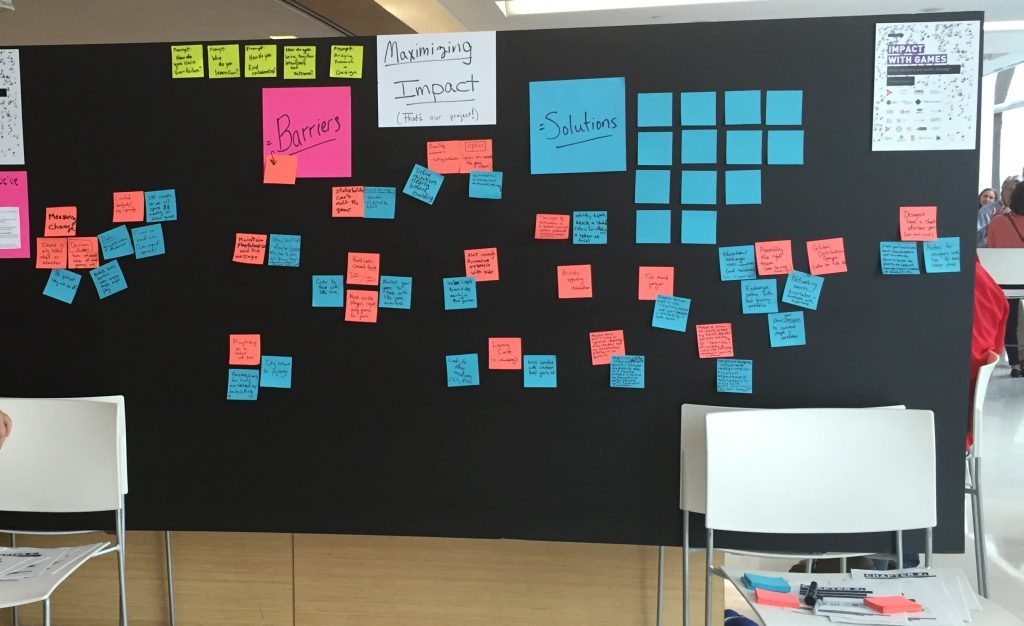
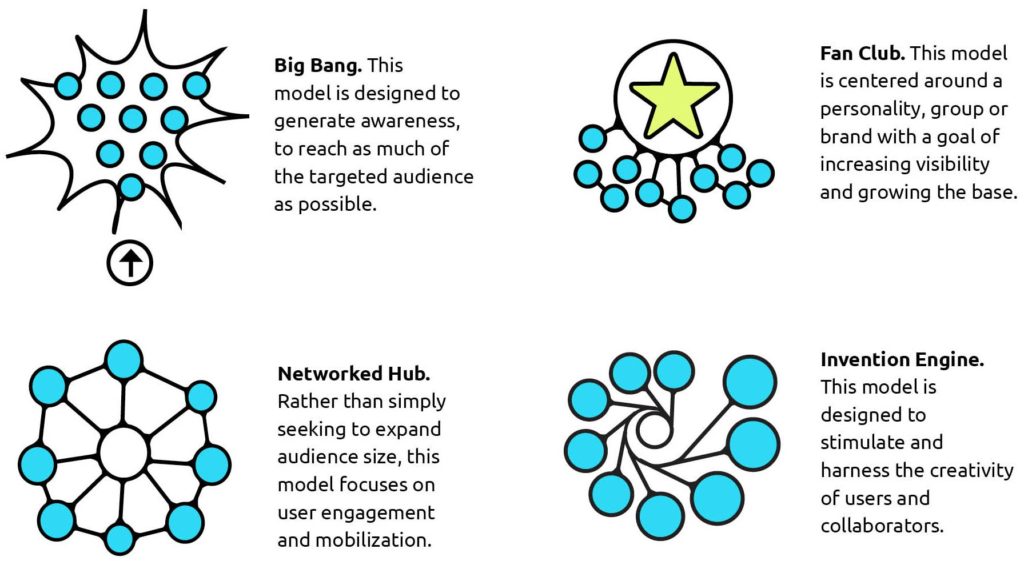
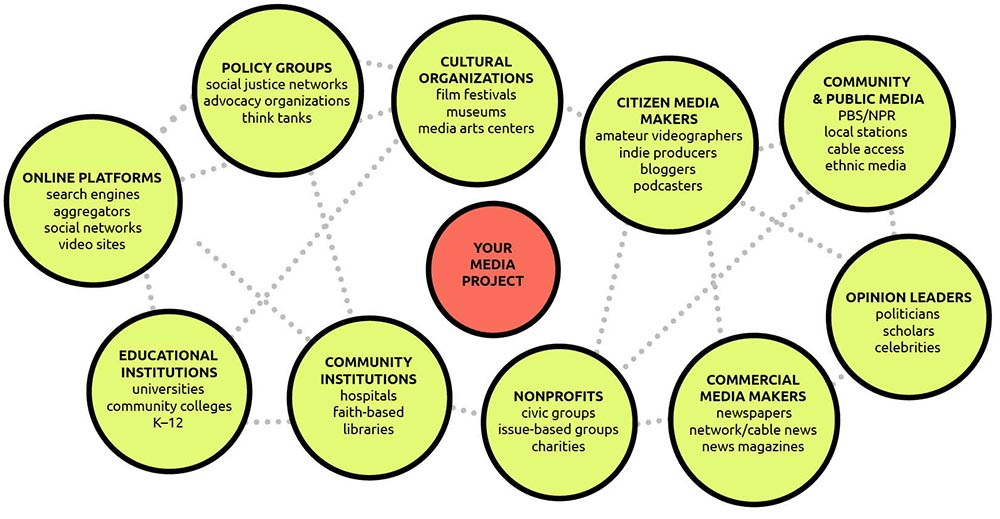
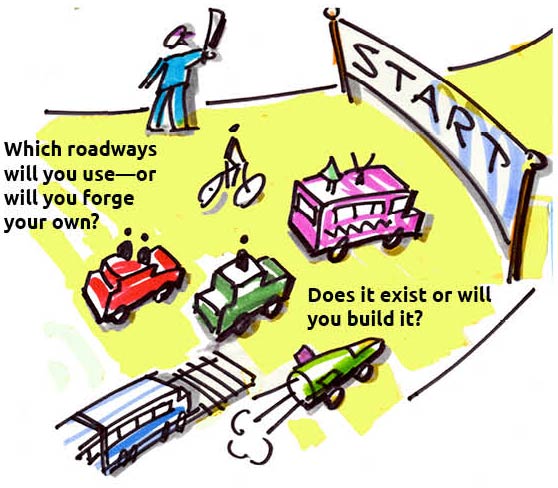

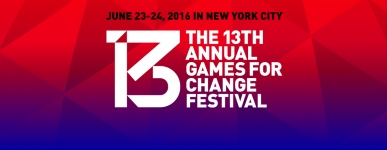 Join
Join 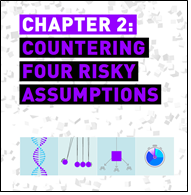
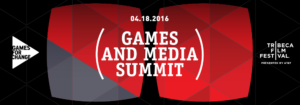

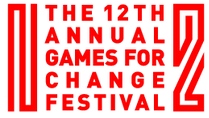 Highlights from our soft-launch of
Highlights from our soft-launch of 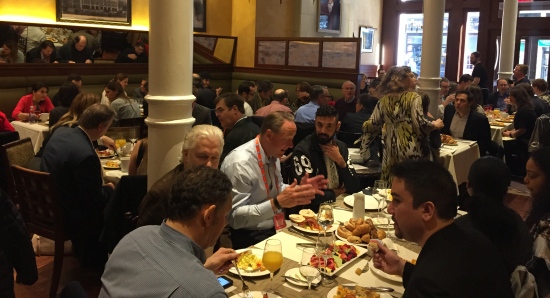 Second, our big panel was at the Games & Media summit, at the intersection of film and games. We featured speakers who are “impact designers” from the world of documentary film, museum games and game design education. The session particularly focused on a tricky balancing act: “Optimizing for Impact AND Creativity.” Here are two pictures:
Second, our big panel was at the Games & Media summit, at the intersection of film and games. We featured speakers who are “impact designers” from the world of documentary film, museum games and game design education. The session particularly focused on a tricky balancing act: “Optimizing for Impact AND Creativity.” Here are two pictures:
